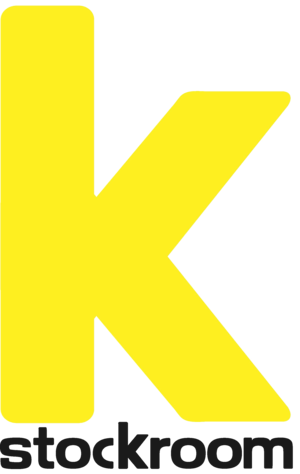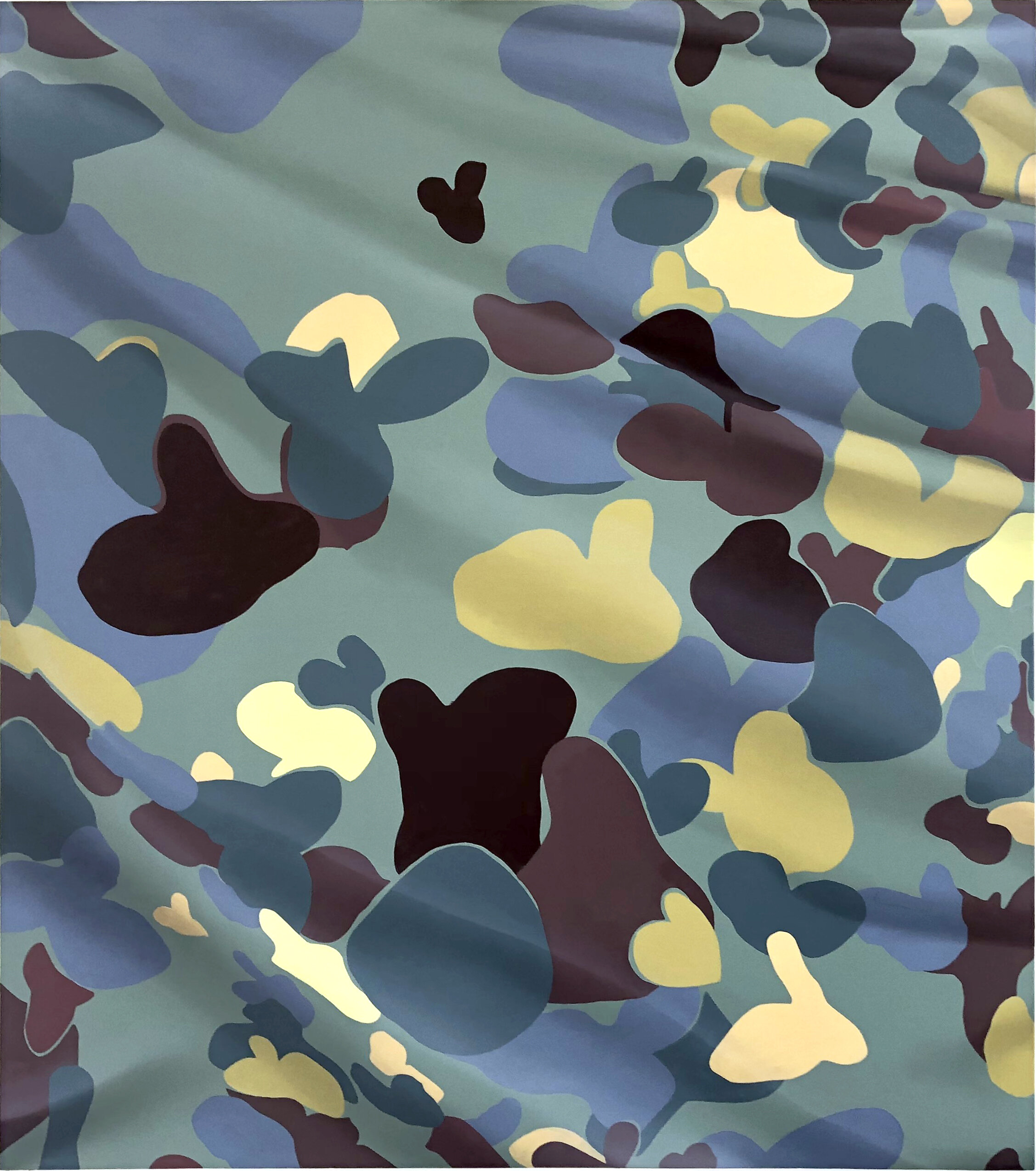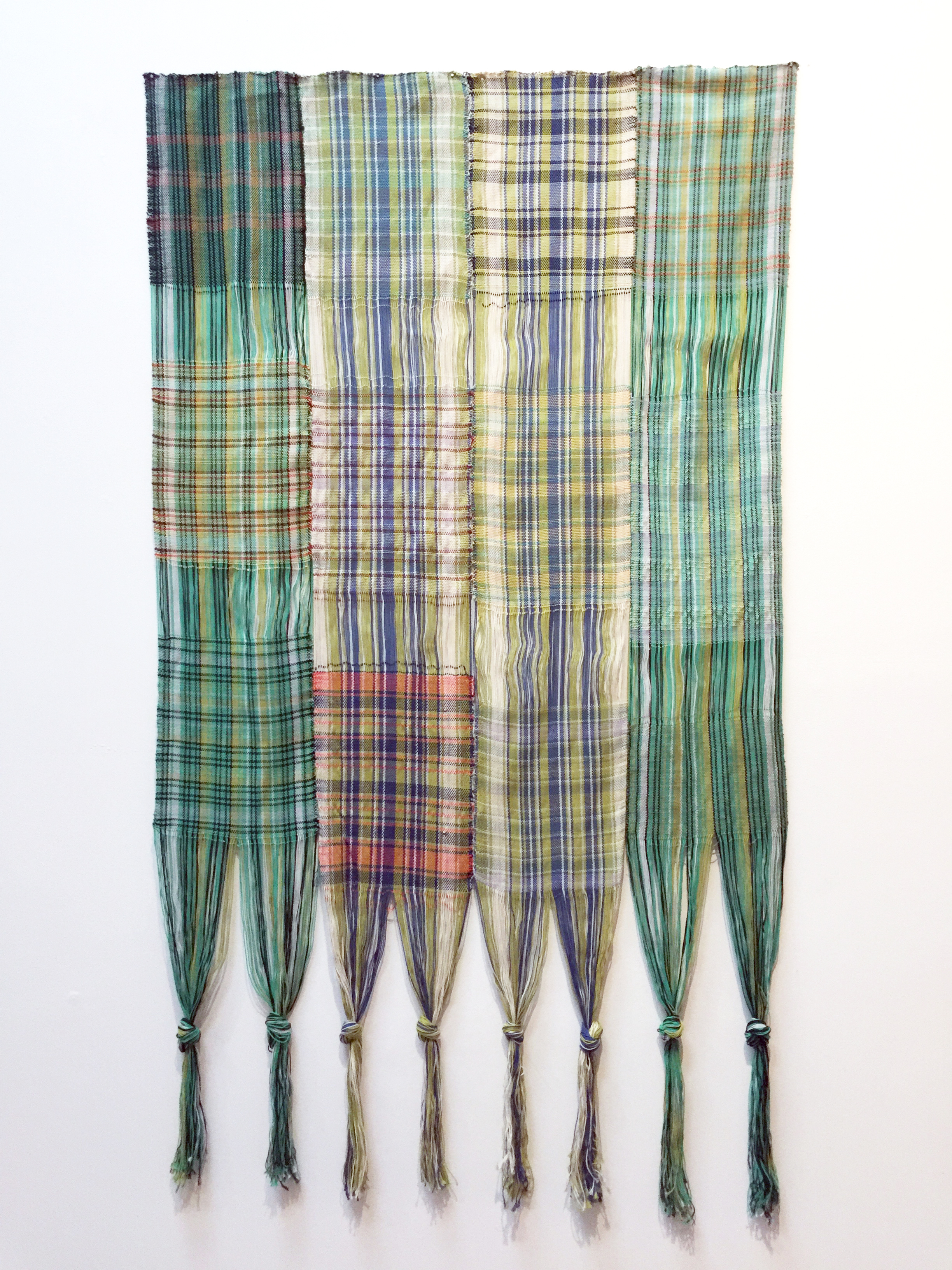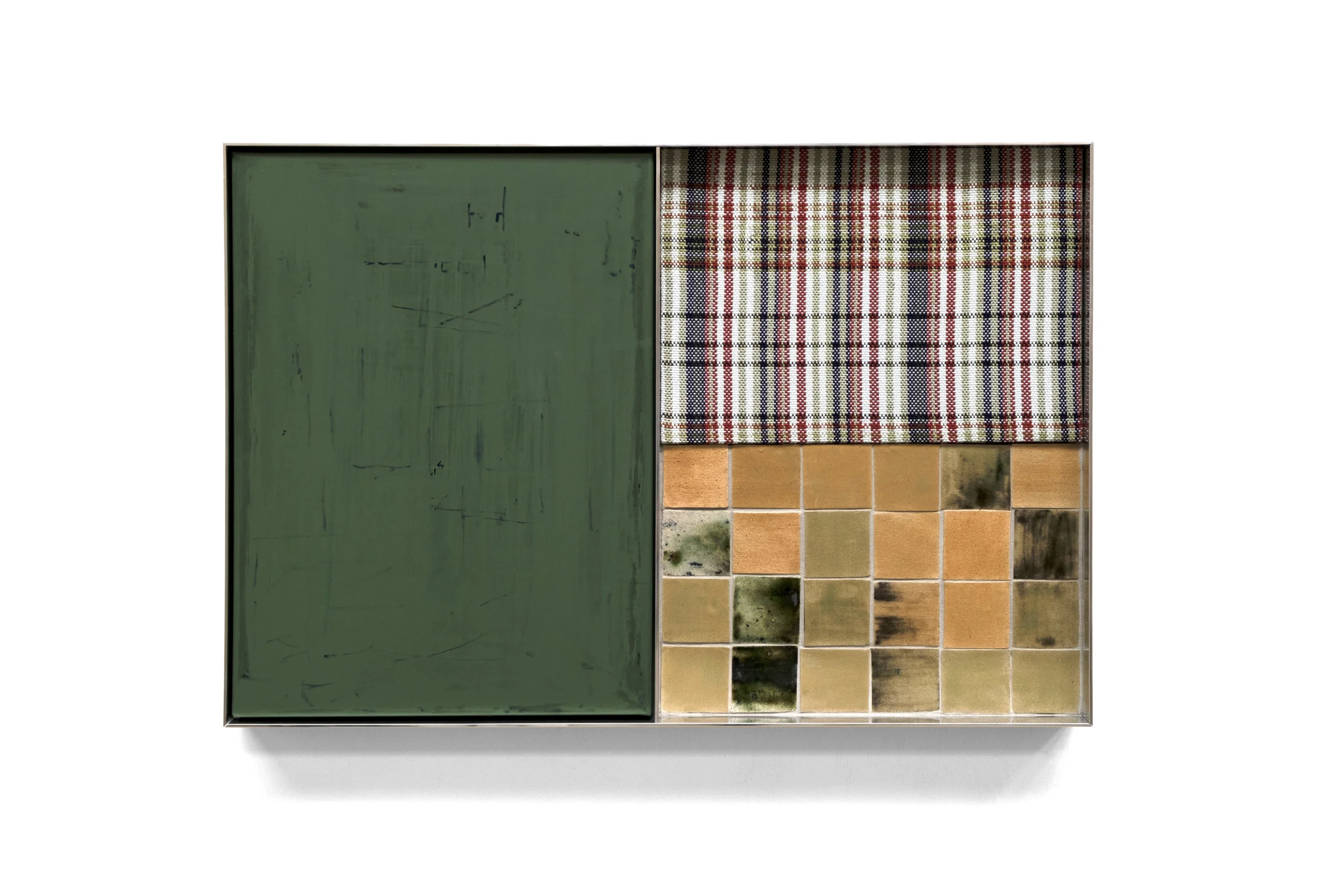THE MACFARLANE FUND 2019 PRESENTS:
TIA ANSELL
CASEY JEFFERY
NAOISE HALLORAN-MACKAY
NAOISE HALLORAN–MACKAY
Naoise Halloran-Mackay’s work documents contemporary Australian attitudes surrounding space, land and identity. In this series of paintings, made predominantly during his undertaking of the Macfarlane Fund residency, Halloran-Mackay portrays scenes of everyday life exploring notions of fringe developments and facades in peri-urban settings.
CASEY JEFFERY
Casey Jeffery’s nostalgic paintings are a celebration of Australian suburbia, transcending the mundane, humble home with psychedelic charm. Many of her paintings focus on the stripe – specifically the familiar striped fabrics of Brella window awnings found on the facades of suburban homes. Jeffery’s painting practice comprises ultra-smooth, colourful depictions of ornamentation characteristic to the post-war, brick-front houses of Melbourne suburbia, offering a nuanced reading of Australian domestic life. This body of work was produced by Jeffery whilst on three month residency in Kyneton. These paintings were largely inspired by her wanderings of the Macedon Ranges, observing flowers, the mountains and studying the various colours they produce when blurred into the landscape.
CASEY JEFFERY
Blue and Green, With Colours in Between, 2019
acrylic and oil on pine
90 x 80 cm
TIA ANSELL
Tia Ansell is a New Zealand born, Melbourne based weaver, ceramicist and painter. Utilising a Patchwork approach, Ansell systematically measures, codifies, manipulates and unites her materials to form an assemblage. The suite of works is based on measuring and collecting representations from various locations around Kyneton during her three-month residency over the autumn to winter period. Ansell transforms this information into a code-like process by measuring each location, simplifying space and transforming into a mathematical system. These findings are duplicated and repeated horizontally and vertically to become a patterned topographical map. Each assemblage is organised into a grid formation, a system that weaving and tiling rely on, but also a chosen format to organise space from an anthropological, architectural and archaeological perspective.
TIA ANSELL
Autumn (Glenlyon), 2019
Cotton, linen, wool and silk weaving, ceramic tiles and grout in aluminium frame
34 x 46 x 6 cm
TIA ANSELL
Fog (Coliban), 2019
Cotton, linen, wool, polyester and silk weaving, ceramic tiles and grout in aluminium frame
34 x 46 x 6 cm
TIA ANSELL
Frost (Manns), 2019
Cotton, linen and wool weaving, ceramic tiles and grout in aluminium frame
34 x 46 x 6 cm
TIA ANSELL
Moss (Musk), 2019
Cotton, linen and wool weaving, ceramic tiles and grout in aluminium frame
34 x 46 x 6 cm
TIA ANSELL
Patchwork, 2019
cotton linen silk wool merino wool and polyester blend weavings and PVC coated denim.
134.5 x 98 x 3 cm

















